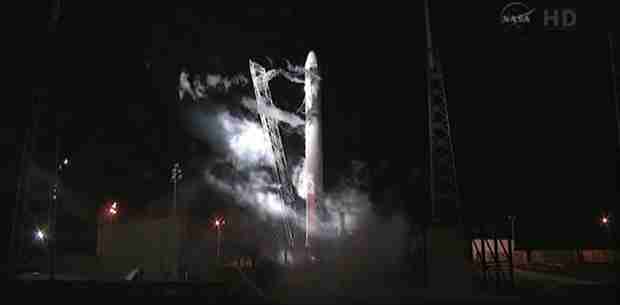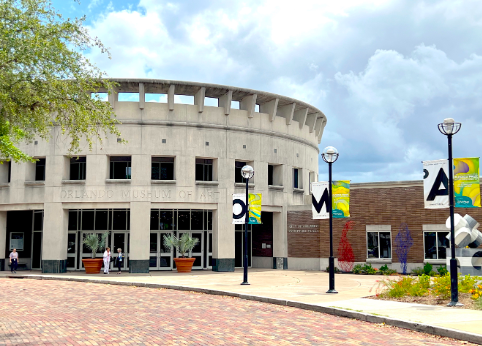The third aborted launch of the SpaceX Falcon 9 rocket and Dragon Capsule was the result of slightly high chamber pressure detected in engine No. 5. This occurred with only one-half second until the scheduled lift off at 4:55 a.m. on Saturday, May 19. This scrub brings an unwanted setback to this ambitious and privately run space company as they attempt a landmark delivery to the International Space Station.
“This is not a failure. We aborted with purpose,” said SpaceX president Gwynne Shotwell at the post-scrub media briefing. “It would be a failure if we were to have lifted off with an engine trending in this direction.” If this high-pressure rise went undetected, it could have potentially caused a critical failure of the rocket in flight.
All engines were firing as the Falcon 9 began its ignition sequence, but systems were stopped by the engine control software as the rise in chamber pressure reached the abort limit. The Falcon 9 rocket needs all nine engines in proper working condition on initial takeoff to successfully reach orbit.
The efficiency-based timing of this unmanned flight creates a limited window for SpaceX to launch their rocket. Their launch windows, which are roughly every three days, are designed to best allow the rocket to reach orbit and catch up with the ISS for its delivery.
The ISS was visible to the south of the launch site moving east in the clear night sky just moments before the attempted launch. Docking with the ISS is a task that only four nations (US, Russia, Japan, and EU) have achieved, and this will be the first attempt to do this by a private company.
Though this was a disappointment, the onboard safety control systems did correctly stop the launch sequence when the rise in pressure was detected. SpaceX technicians then immediately started to assess the situation, already having several plans at the ready to fix the rocket and prepare it for the next launch attempt.
Shotwell used the comparison of a pilot at the end of a runway that checks his engine gages before takeoff as the same process performed by SpaceX computers that found a reason for an abort. “We were revving the engines and looking at the gages, and we decided not to fly,” said Shotwell.
Technicians for SpaceX worked to asses the problem after de-fueling the rocket, and determined the issue was caused by a failed rocket engine valve. It’s expected now that if all repairs and tests go smoothly the rocket will be ready for the next available launch window on Tuesday May 22 at 3:44 a.m.







